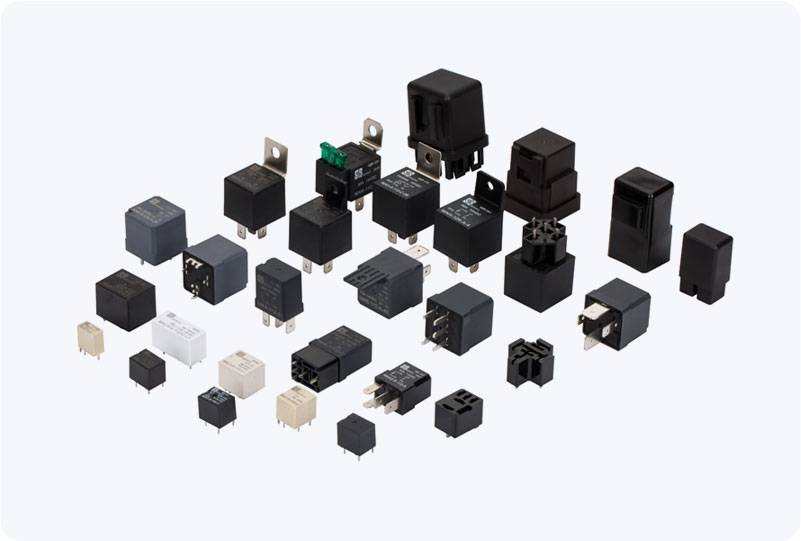The Optocoupler Protected Relay Module is an essential component in modern electronic circuits, especially in applications that require reliable control of high-voltage devices or systems. This module combines the functionality of a relay and an optocoupler to offer protection, isolation, and efficient operation in diverse environments. It is widely used in industrial control systems, automation processes, and embedded systems, where circuit protection and minimal signal interference are critical.

What is an Optocoupler Protected Relay Module? At its core, the Optocoupler Protected Relay Module consists of two main components: a relay and an optocoupler (also known as an optoisolator). A relay is an electrically operated switch that allows low-voltage circuits to control high-voltage devices. It typically consists of an electromagnet that moves a switch to either open or close a circuit when current flows through it. The optocoupler, on the other hand, is a device that transfers electrical signals between two isolated circuits through light. This isolation prevents high-voltage spikes or electrical noise from interfering with sensitive components in the low-voltage circuit.